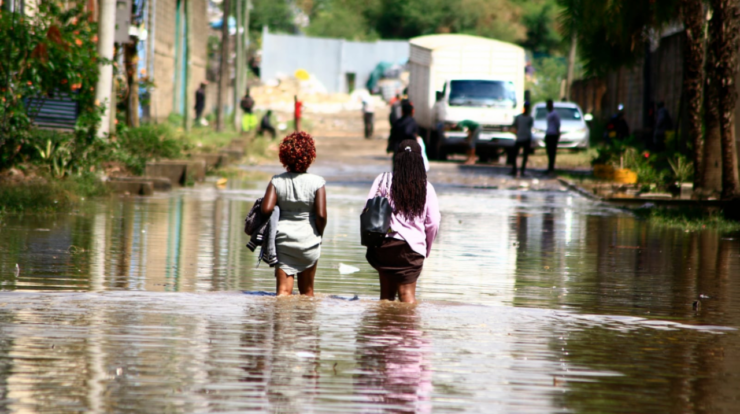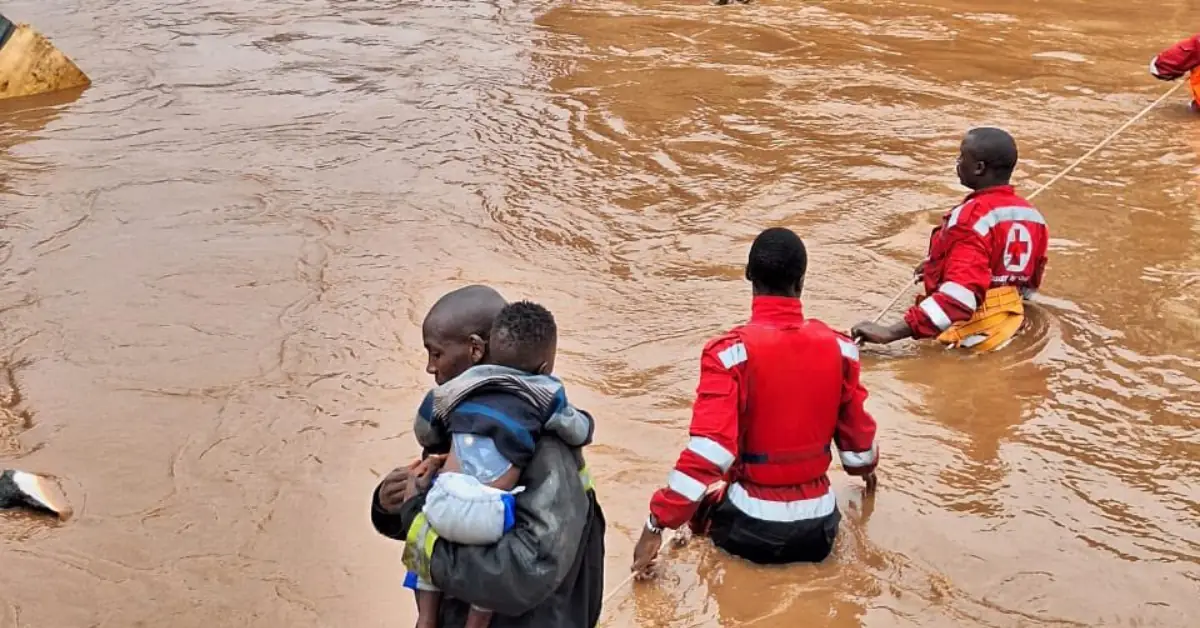
Kenya nairobi flooding – Nairobi’s recent floods have left a trail of destruction, displacing thousands and causing widespread damage. This comprehensive analysis delves into the devastating impact of the flooding, exploring its effects on infrastructure, health, and the environment.
From crumbling roads to contaminated water sources, the floods have disrupted daily life and strained resources. With government agencies and aid organizations working tirelessly to provide relief, the focus now shifts to long-term recovery and building resilience against future disasters.
Impact of Flooding on Infrastructure

The relentless downpours have caused extensive damage to Nairobi’s infrastructure, leaving roads impassable and bridges weakened.
Roads and Bridges
- Numerous roads have been submerged, cutting off access to entire neighborhoods.
- Major bridges, such as the Haile Selassie Bridge, have been closed due to structural damage.
- The compromised infrastructure has severely disrupted transportation and economic activities.
Other Infrastructure
- Electrical lines have been downed, leading to widespread power outages.
- Water supply systems have been contaminated, posing health risks to residents.
- Schools and hospitals have been forced to close, further exacerbating the crisis.
Economic and Social Consequences
The damage to infrastructure has had severe economic and social consequences:
- Businesses have been forced to shut down, resulting in job losses and economic hardship.
- Residents have been displaced from their homes, creating a housing crisis.
- Access to essential services, such as healthcare and education, has been disrupted.
Displacement and Evacuations: Kenya Nairobi Flooding
The flooding has forced thousands of people to flee their homes and seek refuge in temporary shelters.
Number of Displaced
As of the latest estimates, over 10,000 people have been displaced by the floods.
Challenges Faced by Displaced Communities
- Access to adequate shelter, food, and clean water remains a major challenge.
- Many displaced families have lost their belongings and livelihoods.
- Overcrowding in shelters increases the risk of disease outbreaks.
Government and Aid Organizations’ Response
The government and various aid organizations are working to provide assistance to displaced communities:
- Temporary shelters have been set up to accommodate those who have lost their homes.
- Food and water distribution is ongoing to meet the immediate needs of the displaced.
- Medical teams are providing healthcare services and vaccinations to prevent disease outbreaks.
Health and Safety Concerns

The flooding poses significant health and safety risks to residents.
Health Risks
- Waterborne diseases, such as cholera and typhoid, are a major concern.
- Respiratory infections are also prevalent due to exposure to contaminated water and air.
- Injuries from debris and contaminated water can lead to infections and other health complications.
Number of People Affected
Thousands of people have sought medical attention for flood-related illnesses.
Prevention and Treatment Measures, Kenya nairobi flooding
- Health authorities are distributing clean water and promoting hygiene practices to prevent waterborne diseases.
- Vaccination campaigns are underway to protect against respiratory infections.
- Medical teams are providing treatment and monitoring for those affected by health issues.
Conclusive Thoughts
The Nairobi floods serve as a stark reminder of the devastating consequences of extreme weather events. As climate change continues to intensify rainfall patterns, it is imperative to invest in infrastructure resilience, disaster preparedness, and community-led initiatives that empower vulnerable populations to withstand future challenges.
Answers to Common Questions
What caused the flooding in Nairobi?
Heavy rainfall, coupled with poor drainage systems and inadequate infrastructure, led to the severe flooding in Nairobi.
How many people were displaced by the floods?
Tens of thousands of people were forced to evacuate their homes due to the flooding.
What are the long-term consequences of the flooding?
The floods have caused extensive damage to infrastructure, disrupted livelihoods, and increased the risk of waterborne diseases, potentially affecting the city’s long-term development and well-being.





